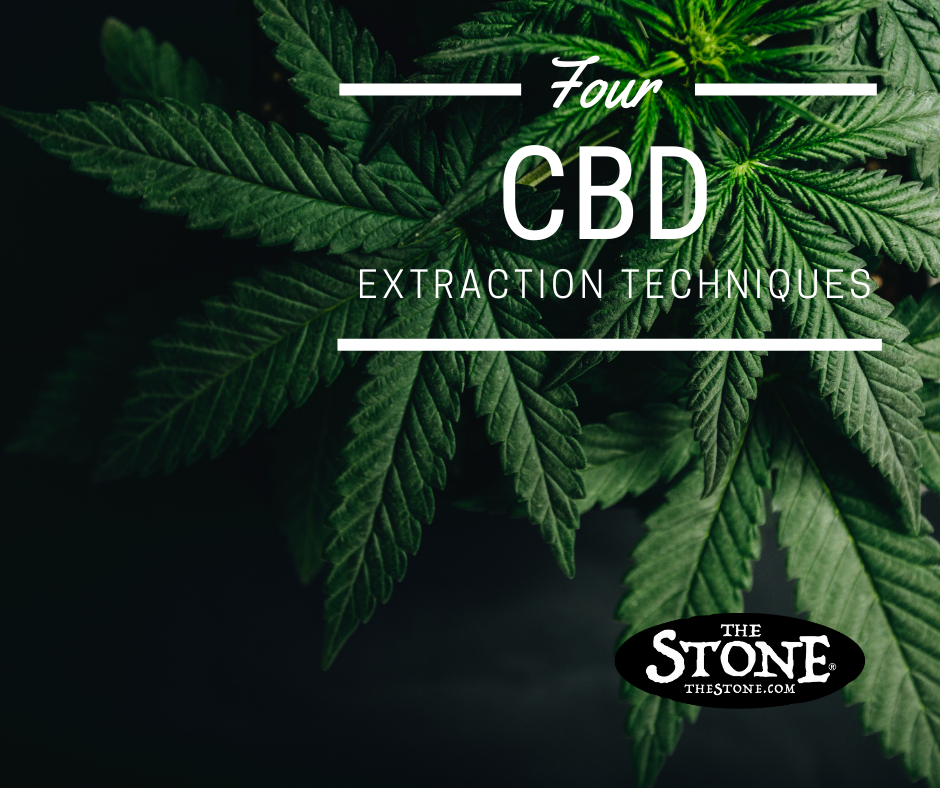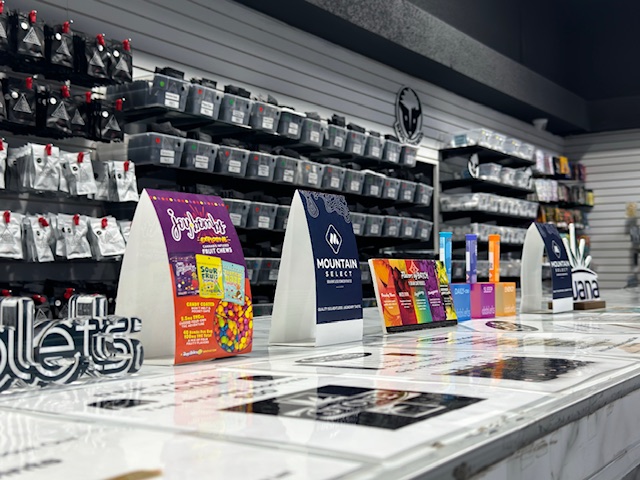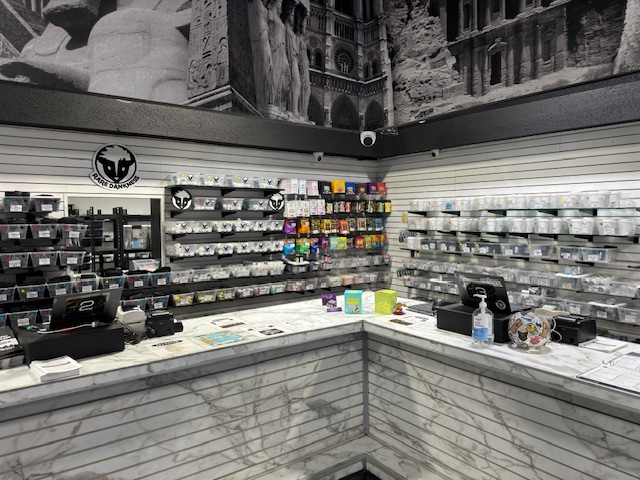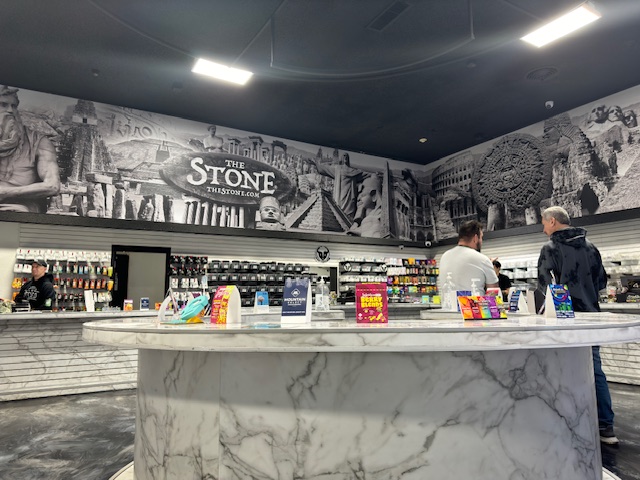CBD Oil Extraction Techniques
The CBD Oil extraction process alters the chemical composition of the substance being extracted, so the outcome will be different depending on which one you use. CBD extraction methods can be divided into two main categories: solvent based and non-solvent based. Depending on which method is used, the end product will contain varying levels of CBD and other cannabinoids (like CBDA). This means that the resulting oil may be more or less potent depending on the method used.
So how do these two extraction methods differ exactly? The main difference lies in the fact that solvent based products use a solvent to dissolve cannabinoids, while non-solvent based products rely on other factors like low temperatures and pressure to separate them from their source material without using any chemicals.
Pressure and temperature are often employed together as part of a non-solvent extraction technique called chromatography. Pressure is used to squeeze cannabinoids out of the source material mechanically, while low temperatures lower their melting point so that they can be separated from the rest of the plant material with minimal chemical damage. The solventless options below are some of the most popular but there are many others out there.
There are four main types of non-solvent extraction techniques that aim to extract CBD from industrial hemp: supercritical CO2 extraction, hydrocarbon extraction and mechanical processing or micronization/powdering.
-
Crystalline Fractional CO2 Extraction
Crystalline Fractional CO2 extraction is one of the most effective and popular forms of non-solvent CBD extraction. The main advantage that it has over other techniques is its ability to produce purer extracts in shorter times, due to the fact that it utilizes supercritical carbon dioxide as the solvent.
The CO2 is produced from a tank (usually filled with liquid CO2) and pressurized using a compressor. It is then cooled to below its critical temperature so that it can become supercritical, meaning that it has both gas-like and liquid properties. When this happens, the pressure in the tank increases dramatically as it turns into a dense, colorless solution.
In this state, it is able to dissolve the CBD and other cannabinoids as well as terpenes from the starting material. After that, the CO2 passes through a filter so that only pure CBD oil remains. This is where most CBD manufacturers get their products because it ensures the highest purity of product possible.
The product itself is usually in the form of a thick, dark paste or liquid that has an earthy taste due to the presence of plant material. It may not be as pleasant tasting as other CBD products but most are fast-acting and easy to use for those who are looking for relief from pain without making their mouth water.
-
Supercritical CO2 Extraction
Supercritical extraction is considered to be the gold standard of CBD extractions, and involves using a carbon dioxide-based solvent that locks in both cannabinoids such as
CBD and terpenes (organic compounds which provide flavor and aroma). The bonus is that it works incredibly quickly — sometimes in as little as 90 seconds — so it’s good for those who need a fast-acting product.
It usually has a lower yield than other methods, but the end product is more pure and potent. It also typically comes in liquid form that ranges from golden yellow to black in color. This is caused by pyrolysis, or the burning of plant matter to remove the unwanted components and increase potency.
-
Hydrocarbon Extraction
Hydrocarbon extraction is another popular non-solvent technique that produces a potent end product, and is most commonly used by laboratories in Europe. It involves placing organic material in liquid butane with high temperatures and pressures. This causes the butane to boil off and the cannabinoids left behind are then collected in a liquid solution that is refined into an oil using carbon dioxide or propylene glycol.
-
Micronization and Powdered CBD Products
Another product type gaining popularity lately is powdered (micronized) CBD products, which are crystalline powders of CBD that have been processed into a fine powder. These are very popular because they allow you to easily add it to beverages or food.
These powdered products can also be made via supercritical extraction (see above), but the benefit is that it can mask the flavor of hemp for those who may not enjoy it, and can provide a quick-acting product with just one or two drops.
CBD Oil Extraction
CO2 extraction has become the most popular way to extract CBD for manufacturers and consumers, but it’s not without its limitations. Having said that, while there are several other techniques out there but due to their popularity, we choose to focus on these four methods in this article.
Come to The Stone Dispensary and experience the
best Cannabis Deals in the Denver Colorado area. Order
Cannabis Today!




